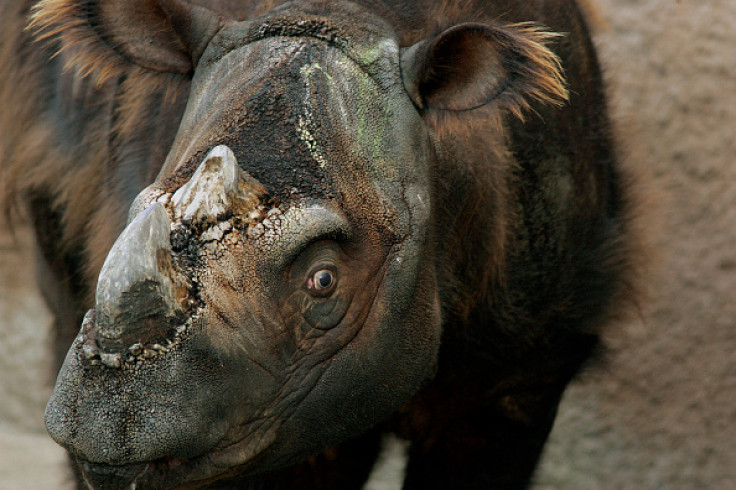Sumatran Rhinos: What strategies can be implemented to save the endangered species?

The Sumatran rhino population could flourish if a combination of protective measures and reproduction programs were to be implemented, scientists say. New hopes for the future of Sumatran rhinos arose last month, when fifteen members of the near-extinct species were spotted in the Indonesian island of Borneo.
The Sumatran rhino is among the most threatened types of rhinoceros in the world. WWF estimates that there are fewer than 100 animals alive today. This shy, two-horned rhino - considered the smallest of all - is particularly targeted by poaching.
The recent study, published in the Journal Global Ecology and Conservation, investigates the rhinos preferred habitat features to restore them in a positive living environment. It also comes up with different strategies to boost population numbers.
Away from roads, close to mud-volcanoes
For different types of endangered species, conservationists have come up with a range of conservation measures, such as forest corridors connecting insular environments and/or the translocation of individual animals into small protected areas. However, translocating species to these nature reserves requires a better understanding of which environmental features they prefer.
In this study, scientists review literature on the subject of Sumatran rhinos and satellite maps of their habitat, as well as unpublished population surveys. Their analysis of the data reveals that rhinos are more likely to be encountered "in elevated areas away from roads, in close distance to mud-volcanoes, with a low presence of human trespassers and a wallow on site, and within a neighbourhood of dense forest and grassland patches".

To boost Sumatran rhino population numbers, taking these features into account could therefore mean that the animals are translocated to areas that best fit their needs.
Breeding and protection from poachers
The scientists also ran a series of population viability analyses. In other words, they looked at different scenarios to pinpoint key demographic parameters affecting the rhinos' reproduction and survival.
Unrestrained poaching between 1930 and 1950 drastically reduced the historical Sumatran rhino population and the study shows this had an impact on the animals' ability to reproduce. The percentage of breeding females as a crucial parameter, driving population dynamics, and the fact they could not find enough male partners - who are often the first victims of poachers - contributed to a reduction in population numbers.
Not only should conservationists translocate individuals to small protected reserves, as is the plan with the 15 rhinos observed on Borneo island, but they should also "undertake measures to maximise conceptions, or running state-of-the-art reproductive management with assisted reproduction techniques", the study's authors write.
Protection efforts against poachers should also be pursued. In Indonesia, an original and effective method has been the creation of so-called Rhino Protection Units. These teams, consisting of four people, patrol national parks and work hand in hand with the Rhino Foundation of Indonesia and International Rhino Foundation. In the areas where they operate, no rhinos have been recorded as being poached for more than seven years.
© Copyright IBTimes 2024. All rights reserved.






